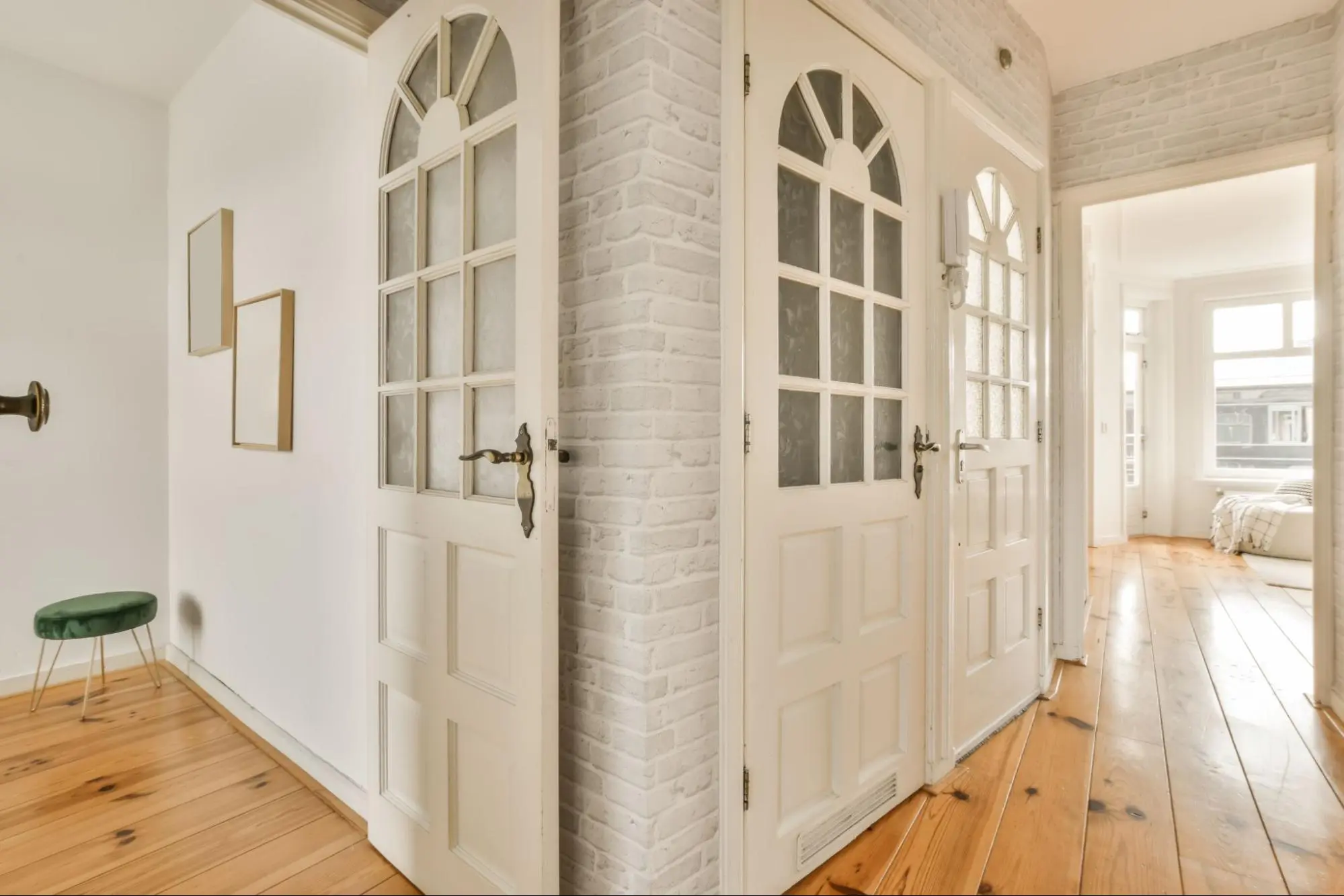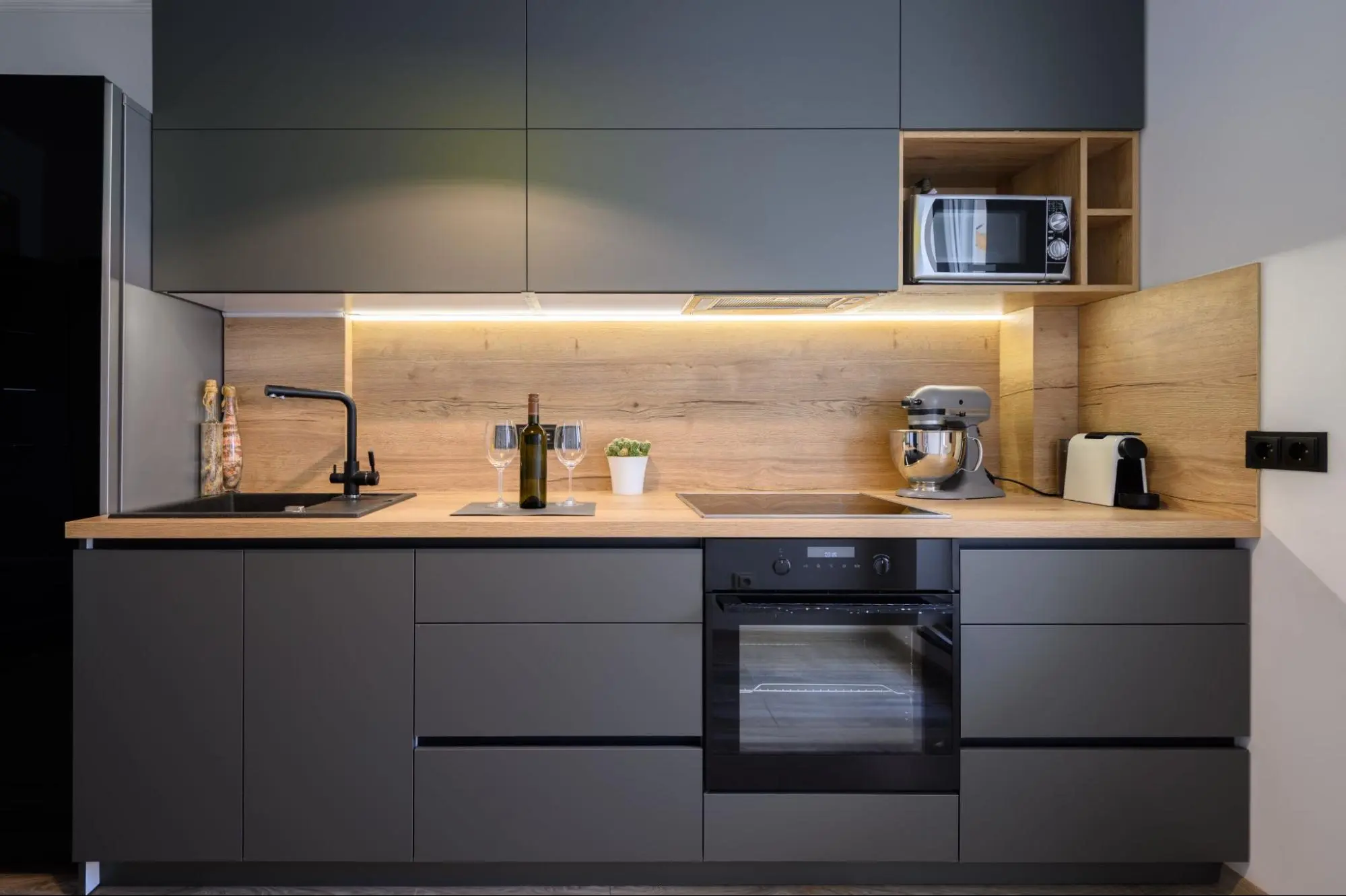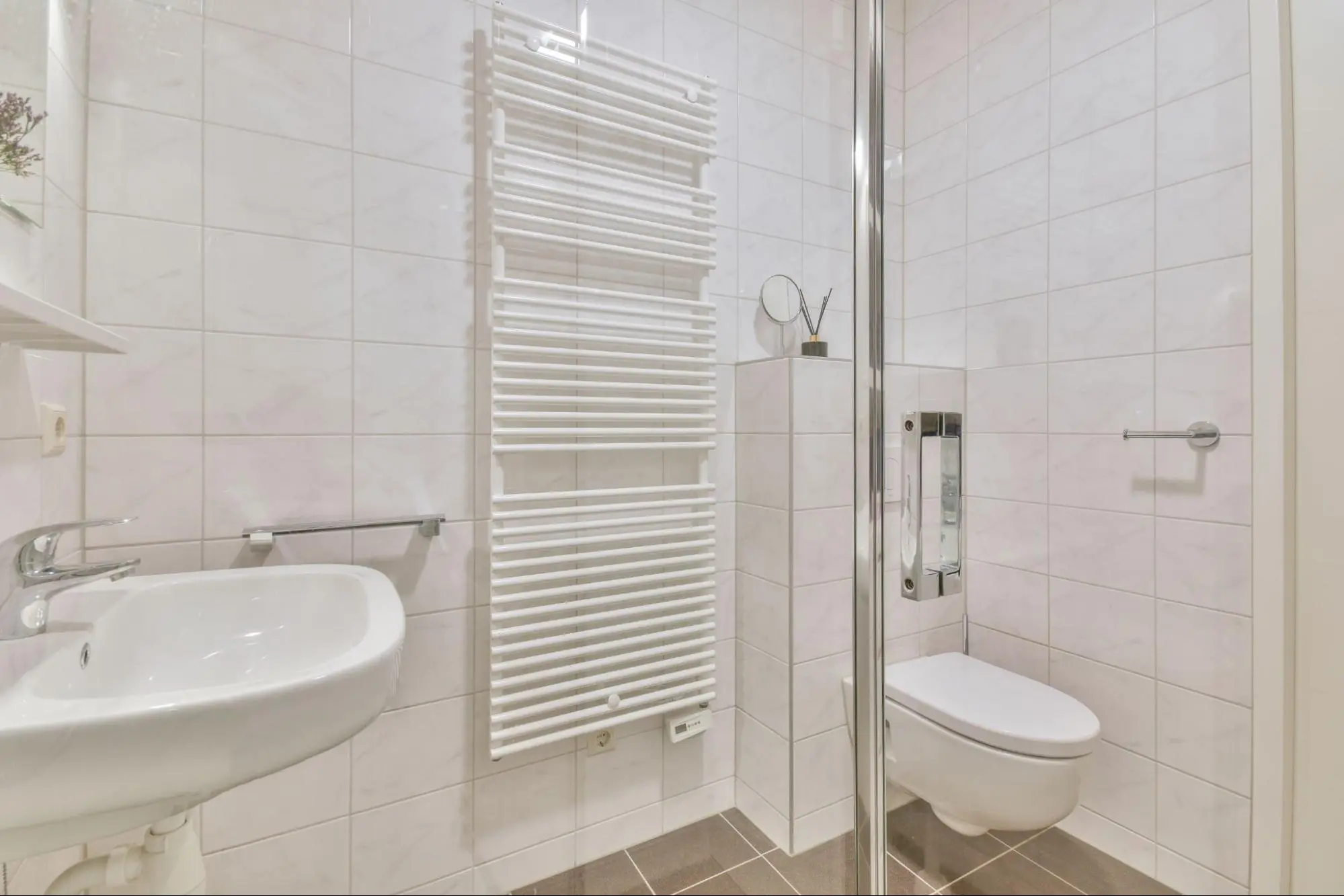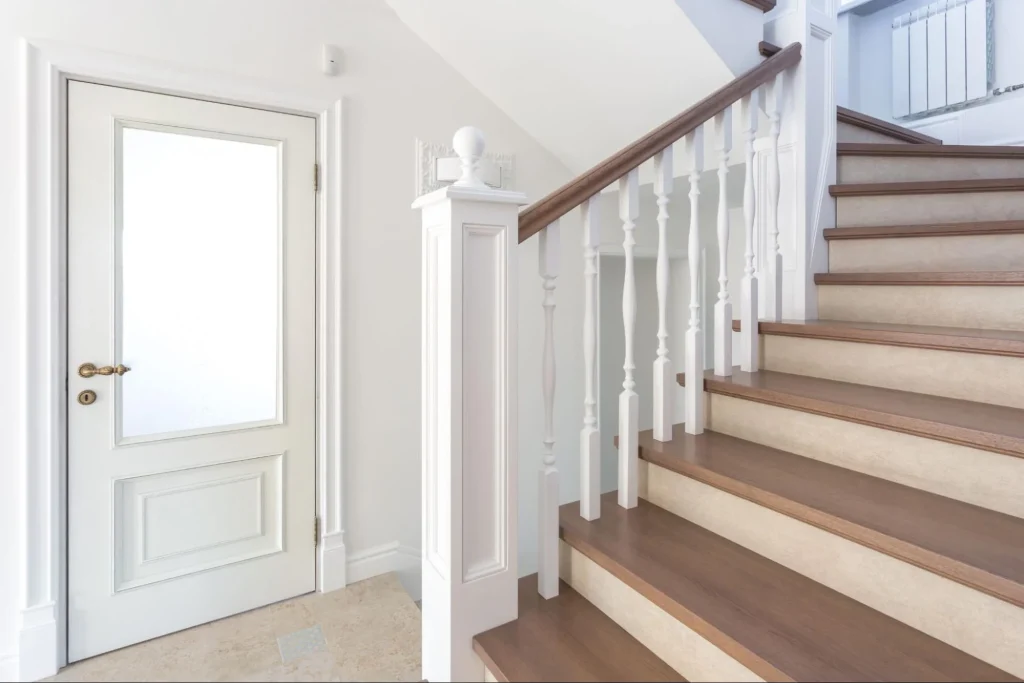
If you or a loved one is experiencing mobility challenges, it can be difficult to navigate a home that isn’t designed with accessibility in mind. Fortunately, there are many handyman solutions available that can help increase home accessibility and independence. From simple modifications to major renovations, a skilled handyman can help you create a comfortable and safe living environment that meets your unique needs.
Understanding home accessibility is the first step in creating a more comfortable and safe living environment. This includes identifying potential barriers to mobility, such as narrow doorways, steep staircases, and high countertops. Once you have a better understanding of your specific needs, you can begin to assess and plan for the modifications that will be necessary to make your home more accessible.
Whether you need to make simple adjustments to your entryway or require more extensive modifications to your bathroom or kitchen, there are a variety of accessibility solutions available. From installing grab bars and handrails to widening doorways and installing ramps, a skilled handyman can help you create a living space that is both safe and comfortable. Keep reading to learn more about the many handyman solutions available for increasing home accessibility.
Accessibility is a crucial aspect of any home design. It refers to the ease of use and mobility within a living space, and it is essential for people with disabilities, the elderly, and anyone who wants to live independently. We will dive further into the importance of accessibility for mobility and ADA compliance in home modification.
Mobility is the ability to move around freely and independently. It is an essential aspect of daily living, and it becomes even more critical for people with disabilities or the elderly. An accessible home allows individuals to move around safely and efficiently, promoting independence and improving their quality of life.
To achieve accessibility, homeowners need to consider universal design principles when modifying their homes. Universal design principles aim to create living spaces that are accessible to everyone, regardless of age or ability. This includes features like wider doorways, slip-resistant flooring, lower countertops, and grab bars in bathrooms.
The Americans with Disabilities Act (ADA) sets standards for accessibility in public spaces, including homes that are used as public accommodations. Homeowners who modify their homes to accommodate people with disabilities must comply with ADA standards. This includes features like wheelchair ramps, accessible entrances, and grab bars in bathrooms.
However, not all home modifications require ADA compliance. Homeowners can modify their homes for personal use without complying with ADA standards. Still, it is essential to consider accessibility and universal design principles to ensure that the home is safe and comfortable for everyone who lives in it.
Understanding home accessibility is crucial for homeowners who want to create safe and comfortable living spaces. By considering universal design principles and ADA compliance, homeowners can create homes that are accessible to everyone, regardless of age or ability.
When it comes to making your home more accessible, the first step is to assess your needs. This will help you determine what modifications and updates are necessary to make your home more comfortable and safe.
To evaluate your accessibility needs, start by identifying the areas of your home that are most difficult to navigate. This might include narrow doorways, steep stairs, or high shelves. Consider your physical abilities and limitations, and think about what changes would make your daily life easier.
You may also want to consult with a contractor or accessibility specialist to get a professional assessment. They can help you identify potential hazards and recommend modifications that will improve your home’s Environmental Fit.
Once you’ve identified the modifications you need, it’s time to set a budget. Home modifications can be expensive, so it’s important to plan carefully and make sure you’re getting the best value for your money.
Start by researching the cost of the modifications you need. Look for contractors who specialize in accessibility updates and get quotes from several different companies. This will help you get a sense of the average cost of the modifications you need.
Keep in mind that some modifications may be covered by insurance or government programs. Check with your insurance provider and local government to see if you qualify for any assistance.
By evaluating your accessibility needs and setting a budget, you can make informed decisions about the modifications and updates you need to make your home more accessible. With the help of a qualified contractor and careful planning, you can create a safe and comfortable living environment that meets your unique needs.

As a homeowner, you want to ensure that your home is accessible to everyone, including those with mobility challenges. Entryways and doors can be a major obstacle for wheelchair users, but there are several accessibility solutions available to help make your home more welcoming.
One of the most important accessibility solutions for entryways is to widen doorways for wheelchair access. The Americans with Disabilities Act (ADA) mandates that door openings should be at least 32 inches wide, but it is recommended to have a minimum of 36 inches of clearance for easy access.
Widening doorways can be done by removing the door frame and installing a wider frame. Alternatively, offset hinges can be installed to swing the door clear of the opening, creating more space for a wheelchair to pass through.
Another important accessibility solution for entryways is to install ramps and thresholds. Ramps provide a smooth, gradual incline that allows wheelchair users to easily access your home. Threshold ramps can be used to bridge the gap between the floor and the doorway, making it easier to navigate over door thresholds.
When installing ramps and thresholds, it’s important to consider the slope and length of the ramp. The ADA recommends a slope of no more than 1:12, with a maximum rise of 30 inches before a landing is required. Additionally, the ramp should be at least 36 inches wide to accommodate a wheelchair.
In general, widening doorways and installing ramps and thresholds are both effective accessibility solutions for entryways and doors. By making these modifications, you can ensure that your home is welcoming and accessible to everyone.

Making your kitchen more accessible can be a daunting task, but with the right modifications, you can make it more functional and safe for everyone. Here are some modifications you can make to enhance mobility in your kitchen.
Modifying your kitchen cabinets and countertops can make a significant difference in your kitchen’s accessibility. Lowering the height of your countertops and cabinets can make them more accessible for people who use wheelchairs or have limited mobility. You can also install pull-out shelves and drawers to make it easier to reach items in the back of your cabinets.
To improve flow, you can install cabinets and countertops with a distance of 48 inches between them. This distance allows for better maneuverability and makes it easier to move around the kitchen.
Roll-under sinks and appliances are a great addition to any accessible kitchen. They allow for easy access and are designed to make it easier for people who use wheelchairs or have limited mobility to use the sink or appliances.
When incorporating roll-under sinks, it’s essential to consider the height and placement of the sink. The sink should be installed at a height that is comfortable for the user, and there should be enough space underneath for their legs and knees.
In addition to roll-under sinks, you can also incorporate roll-under appliances such as stovetops, ovens, and dishwashers. These appliances are designed to slide out from underneath the counter, making them more accessible for people who use wheelchairs or have limited mobility.
By making these modifications, you can enhance mobility in your kitchen and make it more accessible for everyone.

Making your bathroom more accessible is an important step in increasing home accessibility. There are several improvements you can make to your bathroom to make it easier and safer to use. Here are some ideas to consider:
Grab bars and safety rails are essential for anyone with mobility issues. They provide support and stability when getting in and out of the shower or bathtub, using the toilet, or moving around the bathroom. You can install grab bars and safety rails in various locations around the bathroom, including next to the toilet, in the shower or bathtub, and next to the sink.
When installing grab bars and safety rails, make sure they are securely mounted to the wall and can support the weight of the user. You can choose from different materials, such as stainless steel, plastic, or chrome, and different finishes, such as polished or brushed. Some grab bars also come with a non-slip surface to provide extra grip.
There are several modifications you can make to your shower and toilet to make them more accessible. One option is to install a step-in shower, which has a low threshold and can be easily accessed by someone with mobility issues. Another option is to install a roll-in shower, which has a ramp instead of a threshold and can accommodate a wheelchair.
You can also consider raising your toilet to make it easier to use. A toilet riser can be installed on top of your existing toilet to raise the seat height by a few inches. This can be helpful for someone who has difficulty sitting down or standing up from a low toilet.
Overall, these bathroom accessibility improvements can make a significant difference in the safety and comfort of your bathroom. It’s important to consult with a professional handyman to ensure that the modifications are properly installed and meet your specific needs.
When it comes to flooring adjustments to increase home accessibility, one of the most important factors to consider is slip resistance. Slip-resistant flooring can help prevent falls and injuries, especially in areas that are prone to moisture, such as bathrooms and kitchens.
One option for slip-resistant flooring is low-pile carpeting. Low-pile carpeting has a short pile height which makes it easier to move wheelchairs and walkers over it. It also provides a soft surface to walk on, reducing the impact of falls.
Another option is non-slip flooring, which is designed to provide a high level of traction and prevent slips and falls. Non-slip flooring can be made from a variety of materials, including vinyl, rubber, and cork.
If you or someone in your household has mobility issues, stairs can be a major obstacle. However, there are several solutions to make your home more accessible.
Stair lifts and wheelchair lifts are excellent solutions for people who have difficulty climbing stairs. Stair lifts are installed on the side of your staircase and can carry you up and down the stairs while seated. Wheelchair lifts are installed vertically and can carry you and your wheelchair up to another level.
Both of these solutions require professional installation and can be expensive. However, they are a long-term investment that can make your home much more accessible and comfortable.
Making small changes to fixtures and hardware in your home can make a big difference in increasing accessibility. Here are some simple solutions to consider:
Replacing traditional door knobs and hinges with lever-style handles and easy-to-use hinges can make it easier for people with limited mobility or hand strength to open doors. Lever handles require less grip strength than traditional door knobs, making them a great option for those with arthritis or other hand conditions. Easy-to-use hinges can also reduce the amount of force needed to open and close doors, making them easier to use for everyone.
Voice assistants and smart home features can be a game changer for people with disabilities or mobility issues. With the help of a voice assistant, you can control your home’s lighting, temperature, and other features without having to physically interact with switches or buttons. Smart door locks can also be controlled remotely, eliminating the need to physically lock and unlock doors. These features can be especially helpful for people with limited mobility or those who use wheelchairs.
By adapting fixtures and hardware in your home, you can make it more accessible and easier to navigate for everyone. Consider these simple solutions to increase accessibility and make your home more comfortable and convenient.

As you or your loved ones age, it is important to take steps to minimize the risk of falls and ensure safety within the home. Falls can result in serious injuries, so it is crucial to implement strategies that can help prevent them. In this section, we will discuss some of the ways you can reduce fall risks and ensure safety in your home.
There are several strategies you can implement to minimize the risk of falls in your home. One effective way is to install safety bars in areas where falls are more likely to occur, such as in the bathroom and near stairs. Safety bars can provide support and stability for individuals who may have difficulty with balance or mobility.
Another way to minimize fall risk is to remove tripping hazards, such as loose rugs or cluttered pathways. Make sure that all areas of your home are well-lit, especially at night, to help you see potential hazards more clearly. You may also want to consider installing grab bars near the toilet and in the shower to provide additional support.
As you or your loved ones age, you may want to stay in your own home and community for as long as possible. This is called aging in place, and it’s becoming more and more common. With the help of Handyman Solutions for aging in place, you can make your home more accessible and comfortable, allowing you or your seniors to age in place with ease.
Handyman Solutions offers a variety of services and products to make your home more accessible. From home modifications to mobility devices and aids, they have everything you need to make your home safe and comfortable. They can install grab bars, handrails, and ramps to make it easier to get around your home. They can also widen doorways and lower countertops to make your home more accessible.
In addition to home modifications and mobility devices, Handyman Solutions also offers other products and services to make your home more comfortable. They can install shower seats and handheld showerheads to make bathing easier. They can also install raised toilet seats and toilet safety frames to make using the bathroom safer and more comfortable.
Overall, aging in place with Handyman Solutions is a great option for those who want to stay in their own home and community as they age.
If you or a loved one is struggling with mobility or accessibility issues in your home, several handyman solutions can help. By making a few modifications to your home, you can increase safety and independence, and make everyday tasks easier and more manageable.
One option is to install grab bars in bathrooms and other areas where extra support is needed. This can help prevent falls and make it easier to get up from a seated position. Another option is to install handrails on stairs and ramps, which can also help prevent falls and improve stability.
If you use a wheelchair or other mobility aid, widening doorways and hallways can make it easier to navigate your home. You may also want to consider installing a ramp or lift to provide easier access to different levels of your home.
Other modifications that can improve accessibility include installing lever door handles, lowering closet rods, and adding non-slip flooring. These changes can make it easier to perform everyday tasks and reduce the risk of accidents.
If you’re not sure where to start, consider contacting a professional handyman service like Kaminskiy Care and Repair. We can assess your home and recommend modifications that will best meet your needs and budget. Contact us today!
A handyman can make several modifications to improve home accessibility for the elderly and disabled. These modifications include installing grab bars in the bathroom, widening doorways, and installing ramps, and handrails on stairs. They can also install non-slip flooring, lever-style door knobs, and rocker light switches. A handyman can also lower closet rods and install low-profile shelving to make clothing items more accessible.
A home can be adapted to enhance mobility for individuals with physical disabilities by installing ramps, widening doorways, and installing stairlifts. A handyman can also install grab bars in the bathroom and handrails on stairs to provide additional support. Lever-style door knobs and rocker light switches can also be installed to make it easier for individuals with physical disabilities to access different areas of the home.
For someone using a wheelchair, recommended home modifications include installing ramps, widening doorways, and installing stairlifts. A handyman can also install grab bars in the bathroom and handrails on stairs to provide additional support. Lever-style doorknobs and rocker light switches can also be installed to make it easier for individuals using a wheelchair to access different areas of the home. Lowering closet rods and installing low-profile shelving can also help make clothing items more accessible.
It is important to consider accessibility in home design because it can make a home more comfortable and safer for individuals with disabilities or mobility issues. By making modifications to increase accessibility, individuals can maintain their independence and live more comfortably in their homes. Additionally, these modifications can increase the value of a home and make it more appealing to a wider range of buyers.
To find a reliable handyman to make accessibility improvements in your home, you can start by asking for recommendations from friends, family, and neighbors. You can also search online for handyman services in your area and read reviews from previous customers. Look for a handyman who has experience making accessibility improvements and who is licensed and insured. Before hiring a handyman, be sure to ask for a written estimate and check their references.
If you’re not sure where to start, consider contacting a professional handyman service like Kaminskiy Care and Repair. We can assess your home and recommend modifications that will best meet your needs and budget.